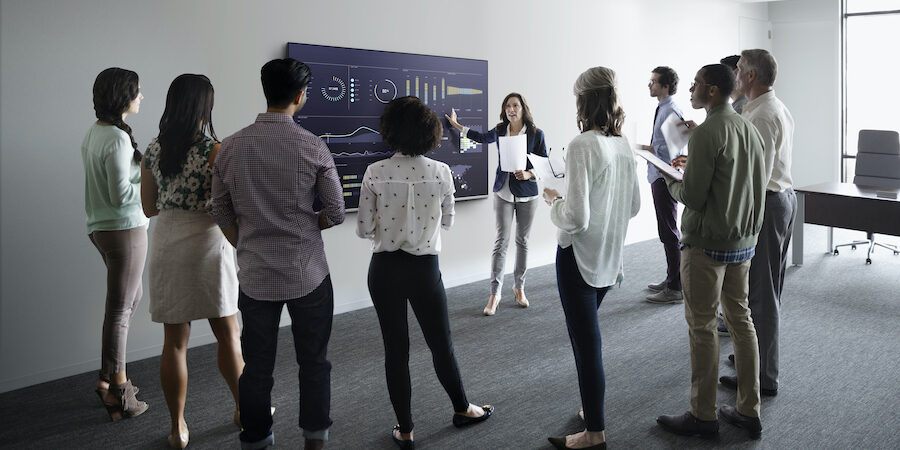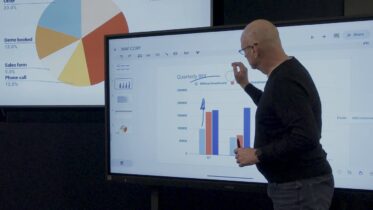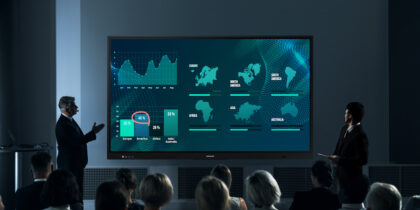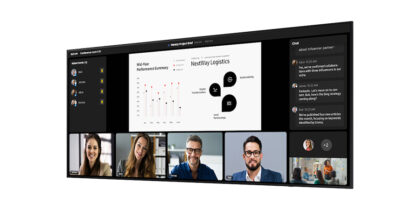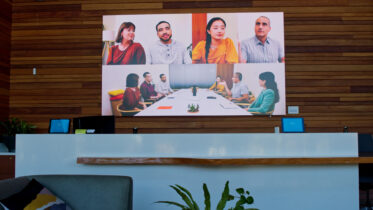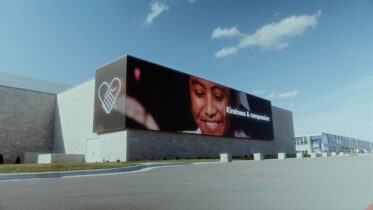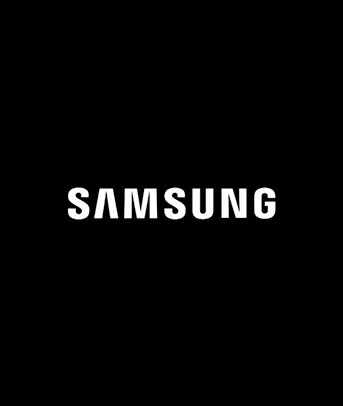The days of the five-day in-office workweek may be dead for knowledge workers — those in knowledge-intensive occupations, such as accountants or engineers — according to a recent Gartner report. According to the report, 51% of American employees will work a hybrid schedule with some time in the office and some time at home. This means many organizations are asking an important question: How can technology improve collaboration in the workplace? Indeed, it’s going to be imperative for organizations to figure out which are the best tools for hybrid teams. One such tool, a meeting room display, is both helpful for employees no matter where they work and a smart way to save money.
Saving space, saving money
Companies that add meeting room digital signage are seeing amazing results across the board. From saving time to saving money to improving employee engagement, meeting room display technology is having a significant impact on organizations. Case in point: Global consulting giant Ernst & Young (EY) used the analytics generated from its meeting room digital signage technology, as well as data from room access controls, to conclude it didn’t need three expensive floors of space in midtown Manhattan.
The company instead sublet that Times Square-area space and generated $85 million in savings. In analyzing its data, the EY IT team studied how often shared work desks were used, detailed when meeting rooms sat empty, and arrived at a calculation of how much office space EY really needed for its New York employees. Across the entire company, the organization stated global savings were roughly $500 million.
But simply making office footprints smaller or eliminating private offices and squeezing more people into smaller cubicles is not the answer, especially as companies embrace a hybrid workweek. Instead, companies need a way to improve space usage in an era of open floor plans with fewer walls and a lot of meeting spaces to make communication and collaboration effective.
Reimagine your offices for the hybrid workforce
Walk through the market drivers, societal shifts and technologies of the reimagined office in this free guide. Download Now
Tech goes to work
Meeting room display technology is not a new thing. It’s just gotten a lot better and easier to use. This matters more than ever because of the number of meetings involving hybrid participants and the need for collaboration across offices — and often across the world. Indeed, impromptu meetings or huddles simply can’t happen if equipment needs to be booked or brought in, or if someone needs training to even use it. Hybrid employees, who are used to pulling up videoconferencing software on their phones, aren’t going to take the time to learn a new application. They’re going to use the easiest option that most likely won’t encourage information and document sharing or collaboration.
Those organizations looking to enable the hybrid work era can look at the following technology options that improve collaboration in the workplace:
- The whiteboard and erasable markers have long been replaced by options such as the Samsung Interactive Pro, which allow anyone in a meeting — in office or working hybrid — to view, take over, and annotate the notes, drawings, charts and files. Anyone with a device can connect to the Interactive Pro and share web content, files, drawings, or documents with the click of a finger.
- Projectors that were once commonplace in meeting spaces have been supplanted by The Wall or All-in-One LED IAC, as well as large-format commercial displays that are brighter, offer ultra-fine resolution and can be paired with other technologies like cameras to enable HD-grade videoconferencing.
- Passing around cables and looking for adapters in hopes a laptop will display correctly is a thing of the past when a wireless presentation solution is in place. Wi-Fi takes the place of cables, and sharing is as simple as a button click. Wireless stations can also tidy up the look of meeting spaces as charging pads and wireless charging become the norm. And yet for those people who prefer to connect via cables, Samsung’s Interactive Pro provides USB-C, USB, HDMI, DP and an OPS slot as well.
- Hybrid workers also feel more engaged in a meeting when they can truly hear and be heard — with HD-quality audio replacing the disembodied, muffled voices coming through a speaker.
The signs are all there
Perhaps the least flashy but biggest impact that digital signage and related technologies have on office ROI are the digital displays showing up at the entry to meeting rooms in new or reinvented workspaces.
These digital door signs are mapped to shared office calendars or room booking systems, indicating at the door if that room is free or booked and information like what meeting is taking place and for how long. Many systems allow on-the-spot searches for available times or rooms and room-by-room data rolls up into larger screens at reception or elsewhere, providing the big picture on meeting room status.
That technology helps end the chaos when no system is in place, or booking control is in the hands of a single person or department. But it also provides the sorts of insights that helped EY save millions. Analytics can reveal things like room-by-room usage percentages, peak usage times, meeting length and even meeting density. Rolled up over several months, it’s the sort of information that allows executive teams to make informed decisions about how many meeting spaces and how much floor space is really needed.
Evolving workspaces
The future of work looks very different from even a few years ago. What’s constant, though, is the use of technology as an organization’s connective network and the use of technology for optimized operations.
Deploying Interactive Display solutions in the workplace can be a huge cost savings for businesses. Walk through the market drivers, societal shifts and technologies of the reimagined office in this free guide.

